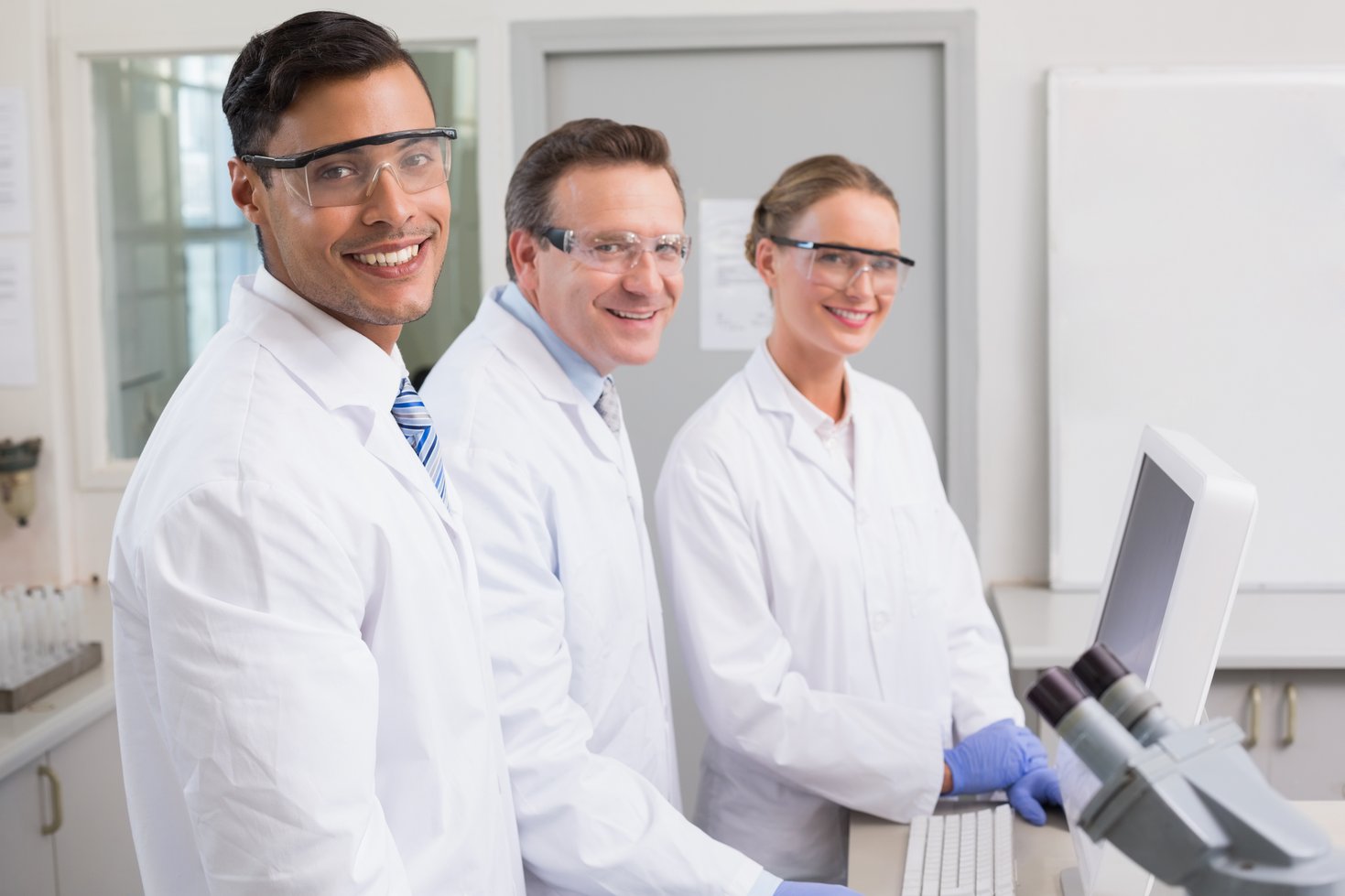Increasing interpretation of preclinical data to the clinic
Why is MD Biosciences using pigs as a large species model?
Electrophysiology Laboratory Services
The use of precise diagnostic tools for measuring electrophysiology (EP) action potentials further enriches our animal models, providing insight into nerve regeneration, degeneration and protection. Application of these capabilities to our validated disease models such as MS/EAE models, peripheral nerve injury, spinal cord injury and CNS pain models provide valuable information into multiple areas of compound efficacy.
Pig PNT Model Open Field

Naive

PNT Pain
The problem: the rat model is limited in assessing any local treatment (cream, skin injections, patches and even nerve blocks).
The solution: pig models. We provide a solution to this problem.
Advantages range from technical to scientific: volume of injection, nerve stimulation, imaging, PK; behavioral changes, skin biomarkers.
By utilizing more translational models in larger species prior to going to clinical stages, drug developers may be able to increase the success rates of those drugs entering clinical phases.

- Biotechnology company. East coast, United States